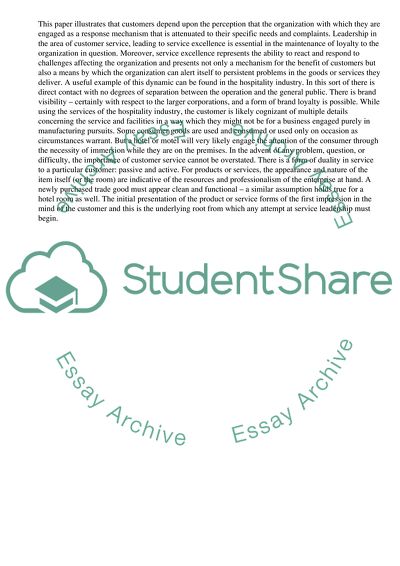Cite this document
(Customer Service Leadership Term Paper Example | Topics and Well Written Essays - 2500 words, n.d.)
Customer Service Leadership Term Paper Example | Topics and Well Written Essays - 2500 words. Retrieved from https://studentshare.org/business/1794011-delivering-service-excellence
Customer Service Leadership Term Paper Example | Topics and Well Written Essays - 2500 words. Retrieved from https://studentshare.org/business/1794011-delivering-service-excellence
(Customer Service Leadership Term Paper Example | Topics and Well Written Essays - 2500 Words)
Customer Service Leadership Term Paper Example | Topics and Well Written Essays - 2500 Words. https://studentshare.org/business/1794011-delivering-service-excellence.
Customer Service Leadership Term Paper Example | Topics and Well Written Essays - 2500 Words. https://studentshare.org/business/1794011-delivering-service-excellence.
“Customer Service Leadership Term Paper Example | Topics and Well Written Essays - 2500 Words”, n.d. https://studentshare.org/business/1794011-delivering-service-excellence.


